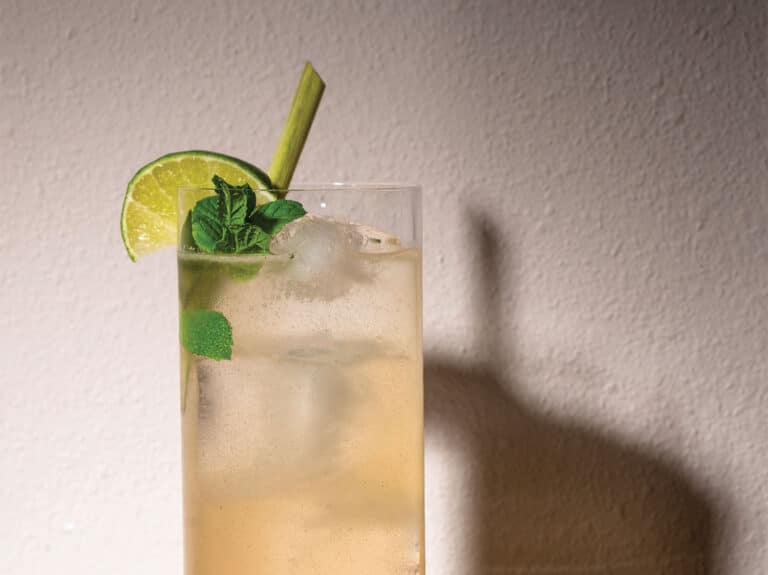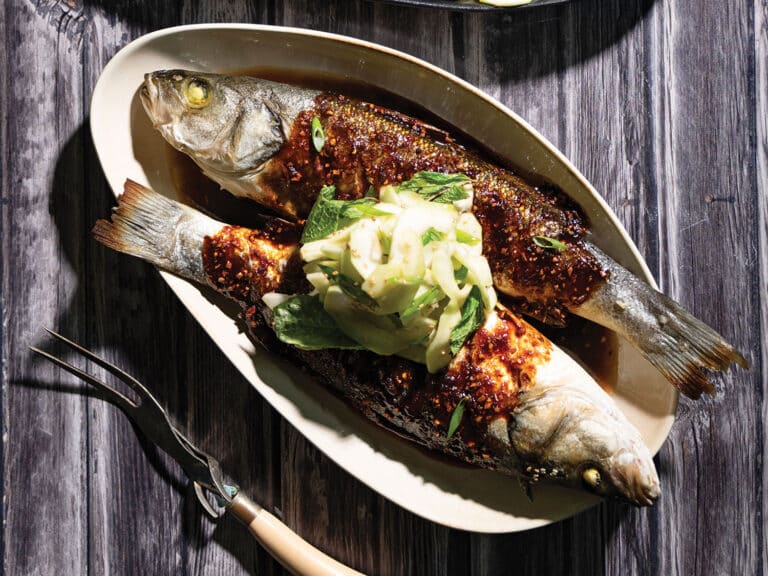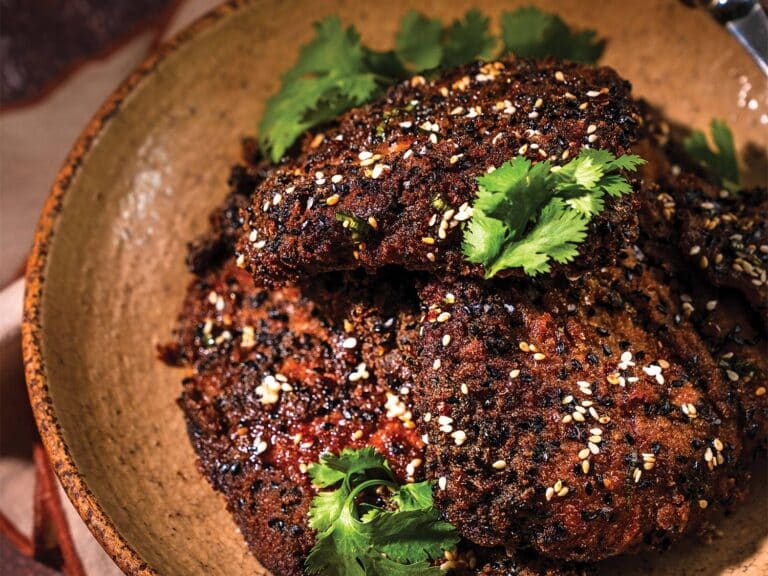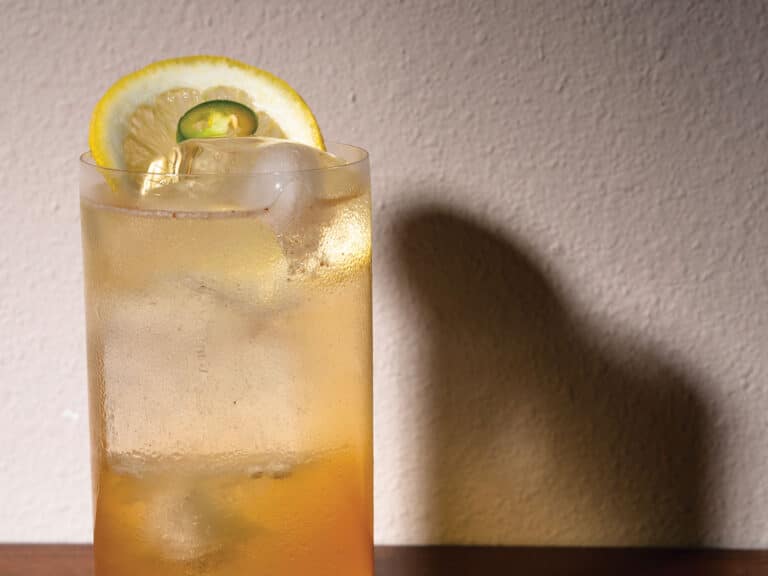Shop This Video at CaptHarry.com.
Replacement Lure Skirts: $0.95 – $8.25 click here
Floss: $13.50 – $13.85 click here
Lures need to be reskirted from time to time for a variety of reasons. Attacks by toothy critters like wahoo, barracuda and kingfish lead the list because they can damage the skirts to the point that the lure becomes unbalanced and unusable. But skirts can also become old and faded, or the color combinations simply don’t work in the waters where you’re fishing. With a little time and effort, it’s possible to reskirt any lure to make it the top performer in your spread.
Start by assembling the right materials. You’ll need a heat source (a blow dryer works fine) as well as some waxed rigging floss and furniture polish to act as a lubricant. Lure skirts come in a dizzying array of colors, patterns and designs, but try to stick to the tried-and-true colors that work in your area. Dark colors like black-and-purple, black-and-red, black-and-green and black-and-blue are proven performers, as are colors that mimic certain prey species: green-and-yellow looks like juvenile mahimahi, while blue-and-white resembles flying fish. A popular color combination in Mexico is known as petrolero: primarily orange and brown, which are squid colors.
Most lures consist of two skirts: the inner and the outer skirt. Usually the darker color is the outer skirt and the brighter one is the inner skirt, but experiment and find out what works where you fish. Start by replacing the outer skirt first, then the inner skirt. Don’t forget to trim the ends to the correct length. The longer the skirt, the more stable the action of the lure. Some aggressive lure designs perform better with shorter skirts.







